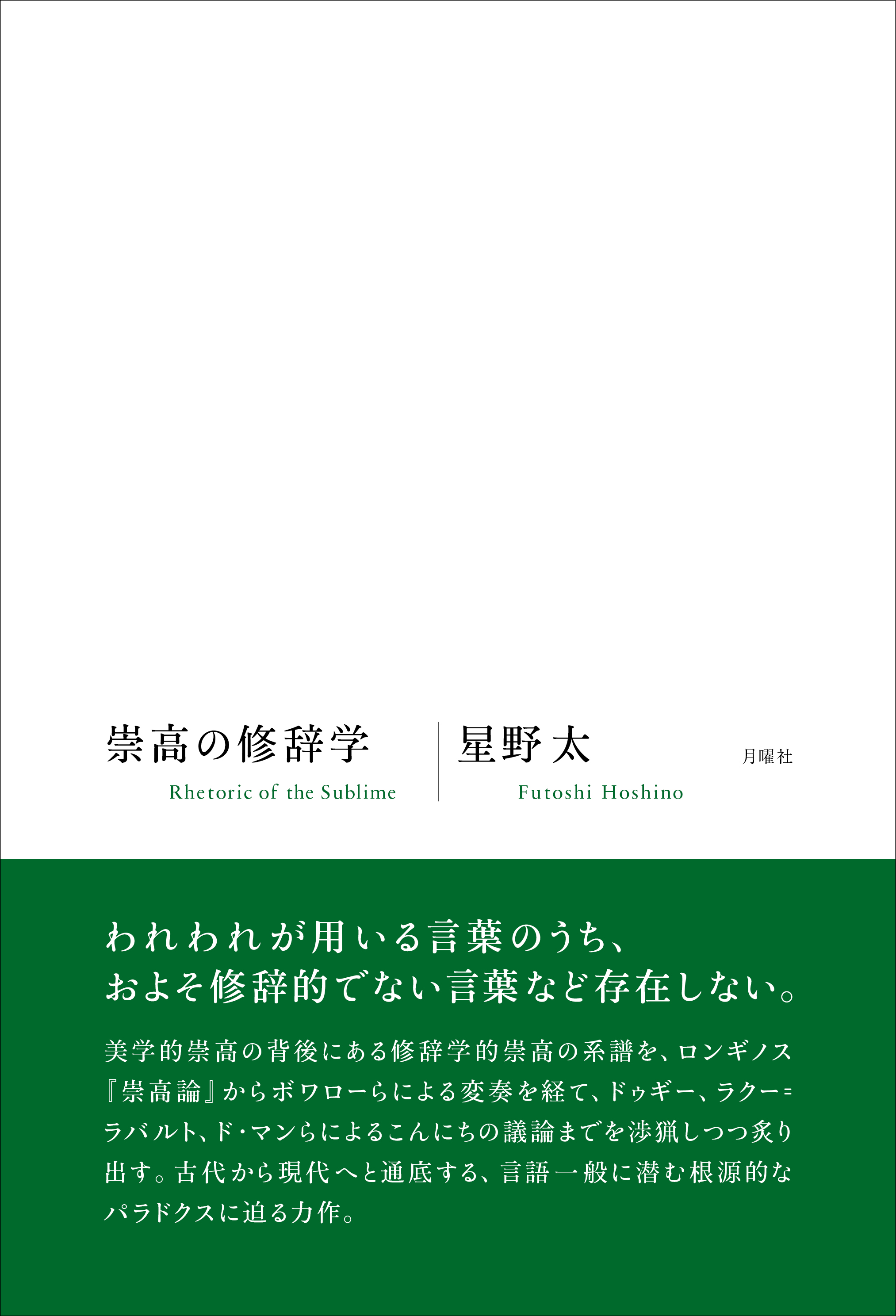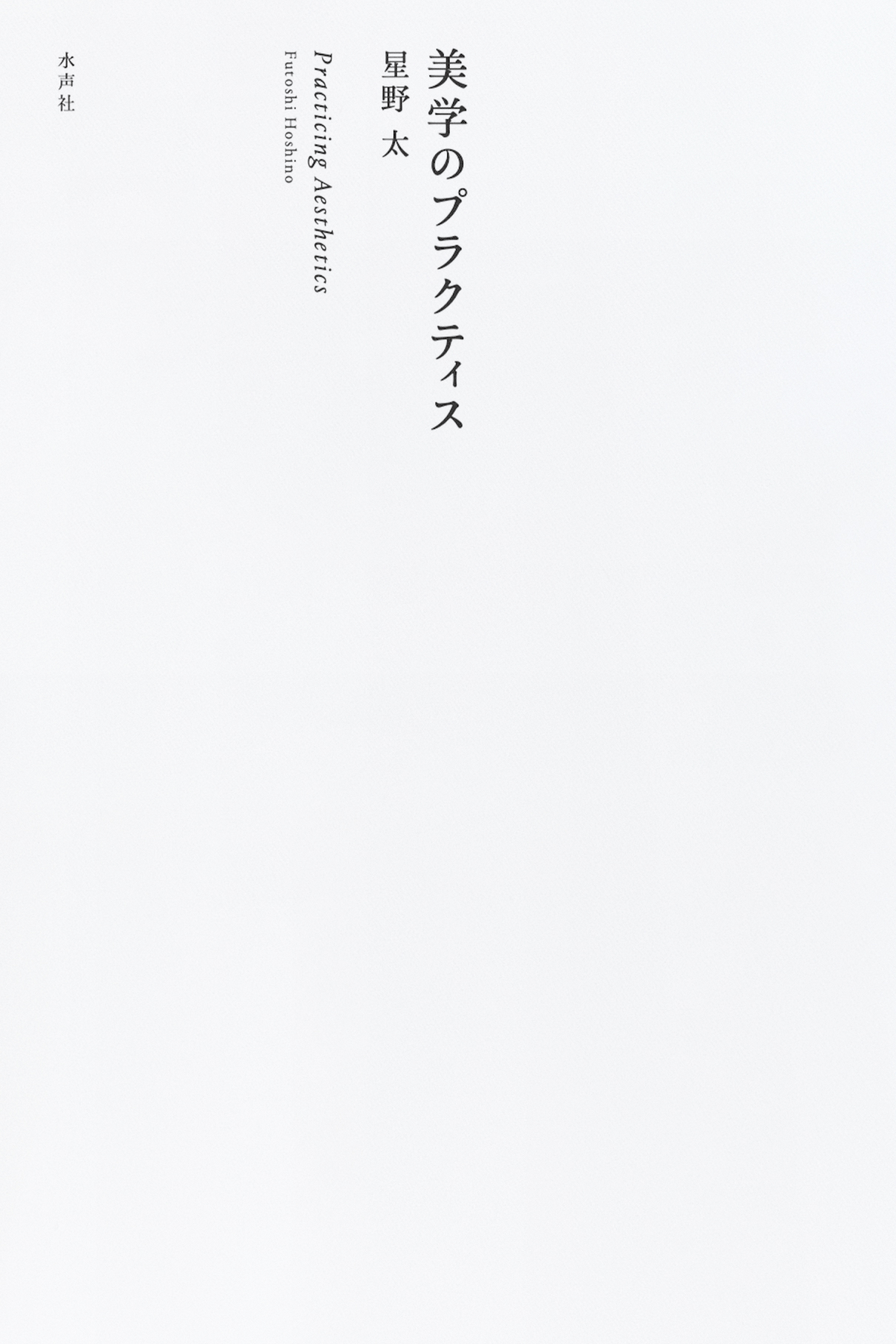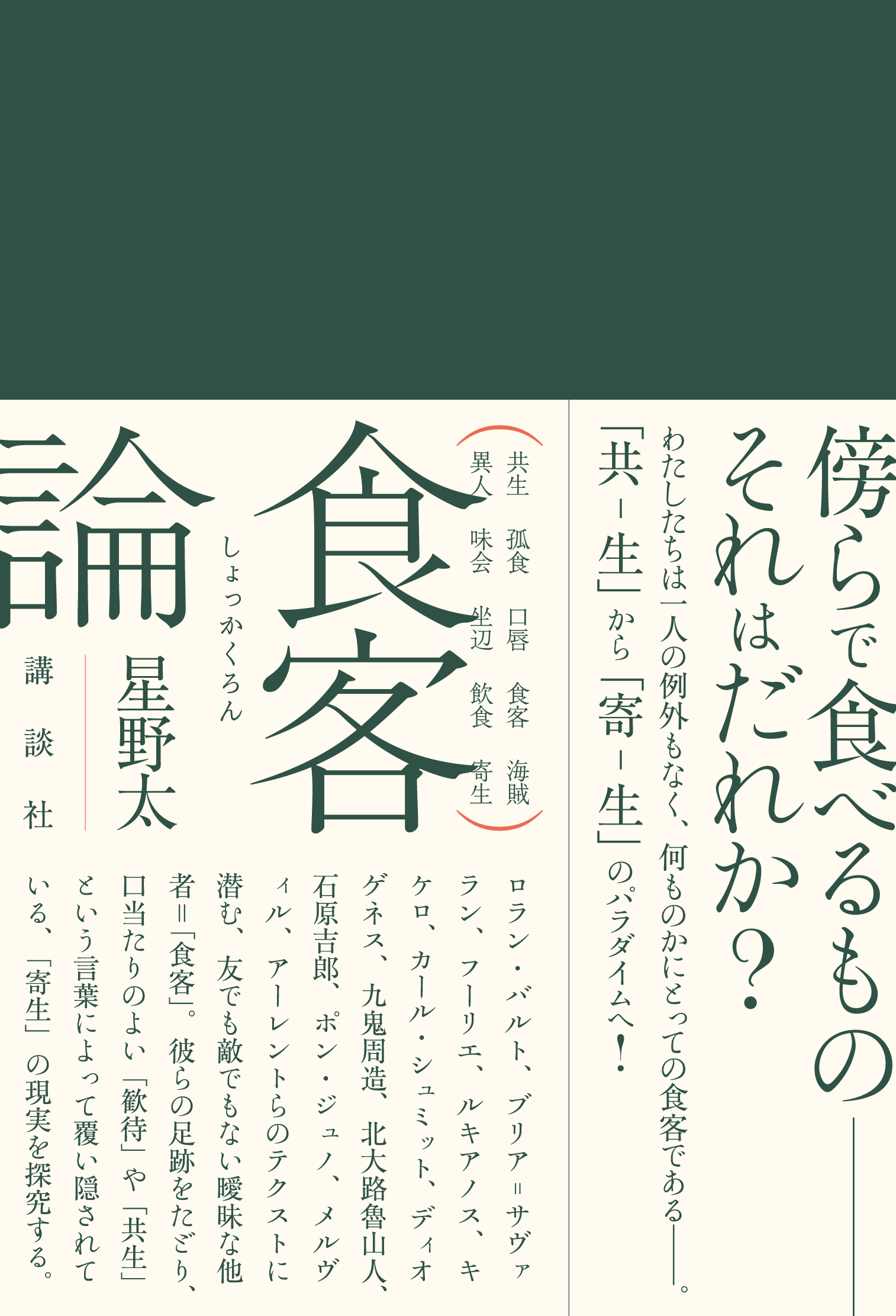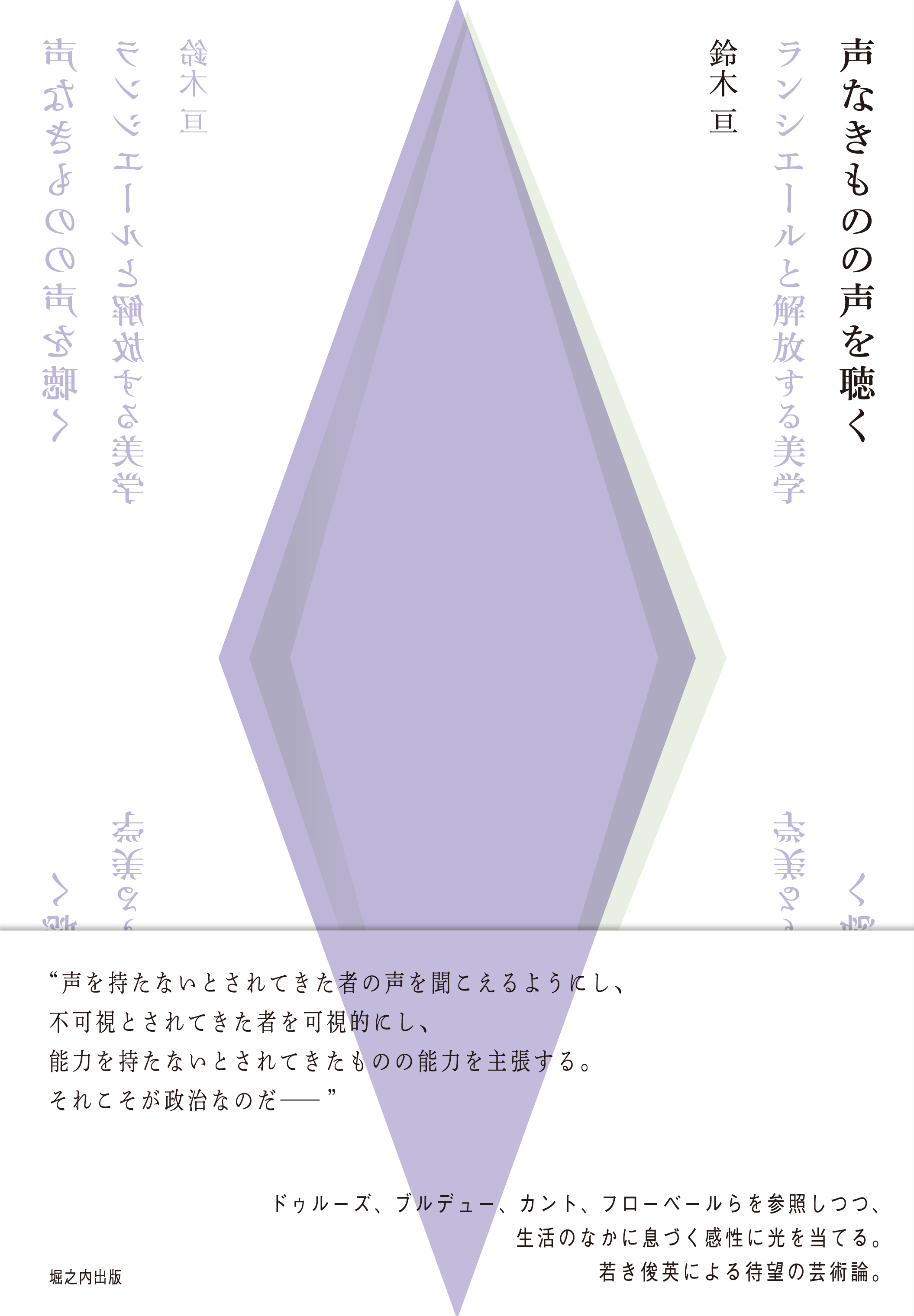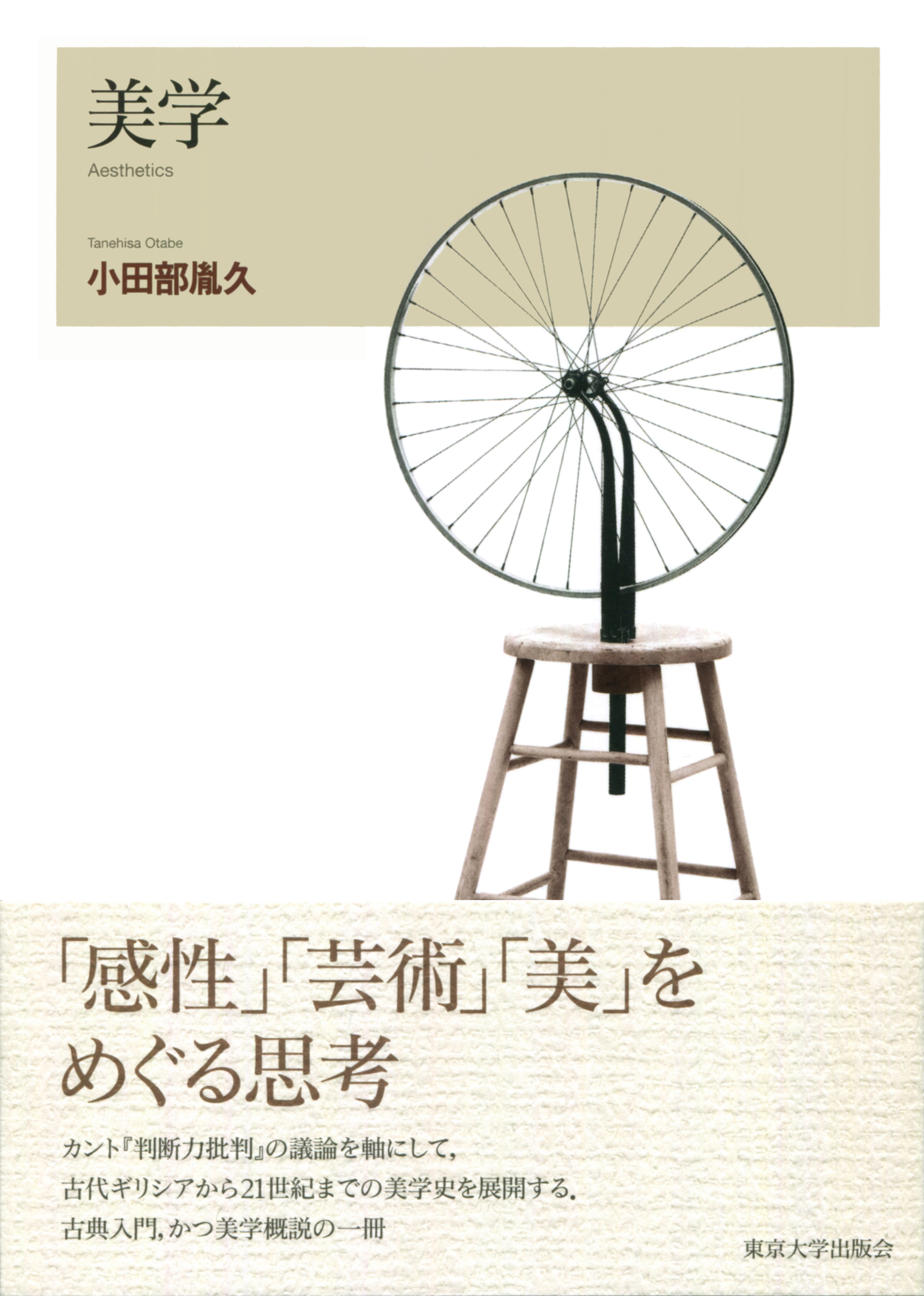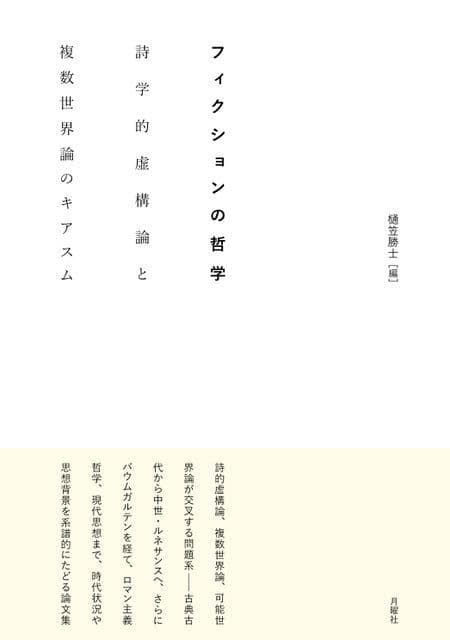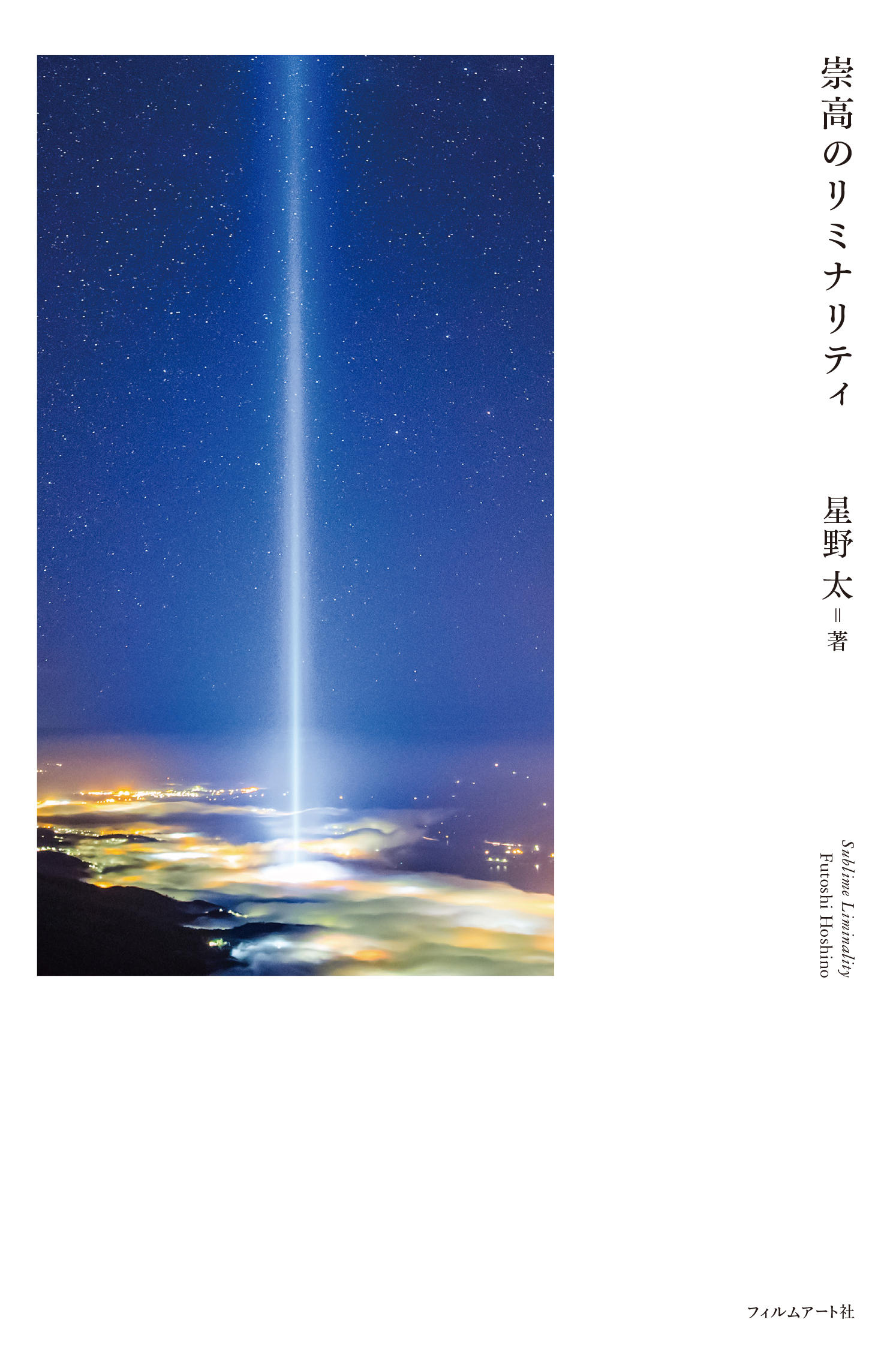
Title
Suko no Liminality (Sublime Liminality)
Size
300 pages
Language
Japanese
Released
December 24, 2022
ISBN
978-4-8459-2035-8
Published by
Film Art Inc.
Book Info
See Book Availability at Library
Japanese Page
The term "sublime" has long been important in Western culture, particularly concerning beauty and art. Since the late 18th century, the discipline of beauty and art has been called "aesthetics." The purpose of this book is to show the significance of the sublime today in the sphere of aesthetics and other disciplines, such as ethics and politics.
It is not the intention of this book to provide an answer to the question, "What is the sublime?” The book does not attempt to trace the history of the concept in detail over the past 2000 years. Nevertheless, it identifies significant points of the sublime and shows, from as broad a perspective as possible, what it means to study the concept today. Of course, the general definition of the sublime, its historical development, and references to the topic become clear as you read the book.
This book includes an introduction, five dialogues, and a short guide to 50 books that further explore the concept.
In Part I, I presented the main matrix of the concept of the sublime as an introduction to the dialogues that follow. In the first half of the introduction, I provided an overview of the significance of this concept in the history of Western philosophy. In the second half, I presented some perspectives on the transformation of the sublime from the end of the 20th century onwards.
The five dialogues in Part II were all held in 2017-18 and were concerning my book, The Rhetoric of the Sublime (Getsuyosha, 2017). The content of each conversation does not merely paraphrase the book's arguments but expands on them from a different standpoint. Each dialogue addresses contemporary art (with Kosuke Ikeda), aesthetics (with Genta Okamoto), art history (with Seika Shiotsu), poetry (with Yuichi Sato), and humanities (with Hisaki Matsuura). The dialogues do not converge solely on the notion of the sublime; instead, they include a discussion open to exploration outside that concept.
Part III, the guide to books, invites readers to explore this topic further, including materials that are not translated into Japanese. Many are academic and theoretical books on the sublime. Still, I intended the list of 50 books to convey the breadth of contemporary theories as much as possible.
This book is unique because it primarily comprises dialogue and guidebooks. The images that initiated the book were disc guides from my teenage years. Reflecting on my school days, I recall needing a "guide" for everything. Music, films, and novels, including masterpieces, were not as readily and exhaustibly accessible as they are today. With such limitations, guidebooks written by experts in a particular genre often had a more significant impact than the actual works. Academia is no exception. It is improbable that the initial entry point to specific academic knowledge is a source or research book. For most young people, it was probably the dialogues and book guides appearing in magazines and other publications – now available on the web – that provided guidance on the subject. You might say, "There are primer books for that." However, readers who pick up such introductory books usually have a particular interest in the subject or field in question. On the other hand, I believe that guidebooks differ from introductory books and serve another gateway for introducing prospective readers to a new field.
I would be more than happy if the readers of this book used it as a toolbox. I hope this will provide the readers with various opportunities for contemplation.
(Written by HOSHINO Futoshi, Associate Professor, Graduate School of Arts and Sciences / 2023)



 Find a book
Find a book


